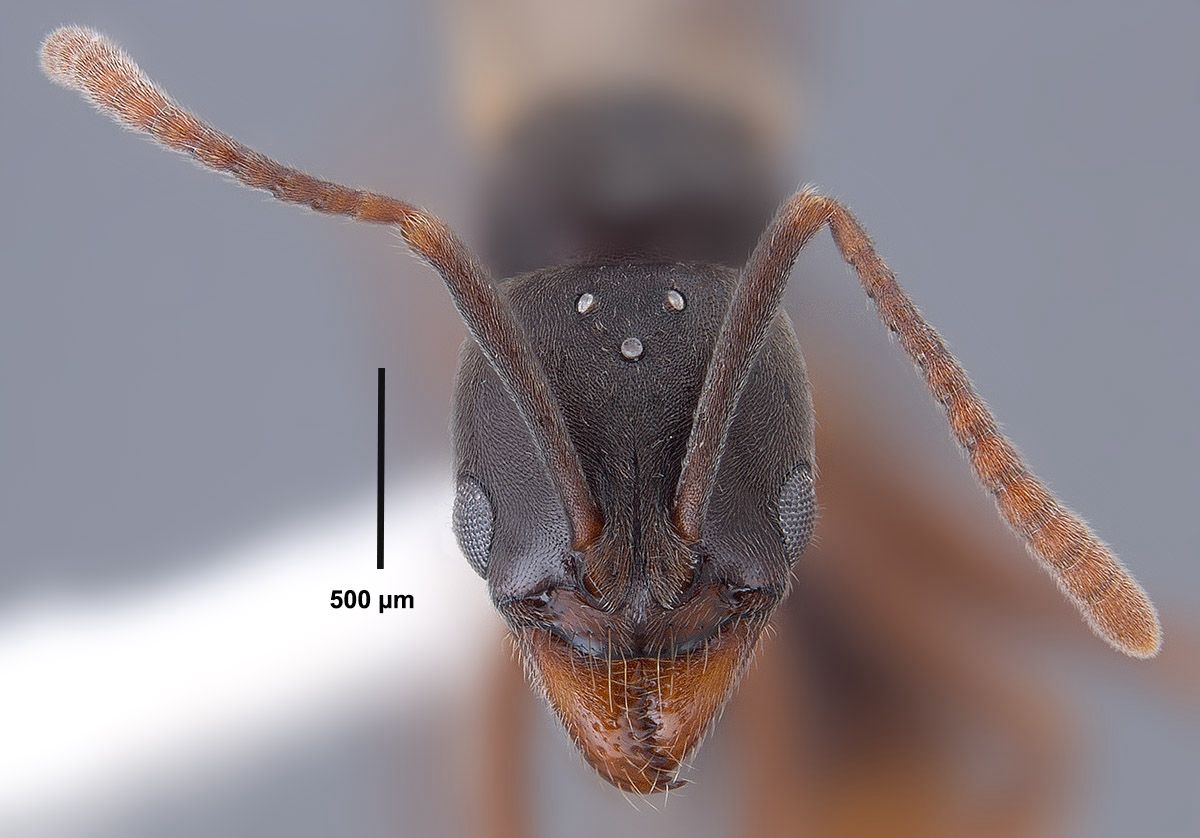By Felipe Cooper — July 16, 2025 – A new invasive pest is stirring up serious trouble in parts of the U.S., and it’s not your average backyard ant. The Asian needle ant (Brachyponera chinensis)—a venomous species known to cause painful stings and even life-threatening allergic reactions—has been rapidly spreading across multiple states.
While it hasn’t yet been confirmed in Utah, this aggressive invader has already made its way into Ohio, Kentucky, Tennessee, Georgia, North Carolina, and nearly 20 states total. And experts warn it’s only a matter of time before it hits more of the western U.S.
🐜 What Makes the Asian Needle Ant So Dangerous?
Unlike fire ants, which are notorious for swarming, Asian needle ants don’t look for trouble—but when they sting, it packs a punch. Most people will feel sharp pain and swelling that can last hours. But for roughly 2% of the population, the sting can cause anaphylaxis, a potentially fatal allergic reaction that demands immediate medical attention.
Symptoms may include:
• Swelling of the throat or tongue
• Difficulty breathing
• Dizziness or fainting
• Hives or flushing
• Drop in blood pressure
• Nausea or vomiting
If you or a family member has a history of allergic reactions to stings—this is not a bug you want near your home.
🌱 What Do They Look Like?
Asian needle ants are:
• About 0.2 inches long
• Dark brown to black with orange-brown legs
• Often mistaken for pavement or odorous house ants
• Found in mulch, leaf piles, logs, wood debris, and sometimes around structures
They’re most active in spring through late summer, and they prefer damp, shaded areas—exactly the kinds of spots found in most Utah backyards.
🌍 Why This Matters for Utah
Even though Utah hasn’t reported infestations yet, pests don’t care about state lines. With increasing global movement and warming climates, invasive species are spreading faster than ever. Once established, Asian needle ants can disrupt native ant populations, harming the natural balance of our local ecosystems.
They’ve already been documented displacing native ants that play critical roles in seed dispersal and soil health, making their presence an ecological threat, not just a backyard nuisance.
⸻
🛡️ What Can You Do?
As a pest control company deeply rooted in Utah, here’s our quick checklist to help protect your property:
✅ Inspect your yard regularly—especially mulch beds, logs, and under rocks.
✅ Wear gloves and long sleeves while gardening or cleaning up debris.
✅ Remove excess leaf litter and damp wood—they love humid hiding spots.
✅ Don’t try to treat them with DIY sprays—they don’t respond well to over-the-counter products.
✅ Call a professional (👋 that’s us) if you suspect activity. Early control is critical.
✅ If you or someone you love is allergic to stings, talk to a doctor about carrying an epinephrine auto-injector.
⸻
Final Thoughts from Felipe
This isn’t about fear—it’s about staying informed. The Asian needle ant is a prime example of how even a tiny pest can cause big problems for health, safety, and the environment.
At SPIDR Pest Control, we stay ahead of these threats so you don’t have to. Our team is trained to identify, prevent, and eliminate even the newest pests hitting the U.S.
Want to be sure your home is protected?
👉 Schedule your inspection today and we’ll help you stay one step ahead.
📰 Sources:
• Fox Weather – Venomous Ant Threatens U.S.
• Better Homes & Gardens – How to Protect Against Asian Needle Ants
• People.com – Scientists Warn of Dangerous Surge
• The Guardian – March of the Invasive Ant
• USDA Forest Service – Invasive Species Profile
📸 Reference Image Sources:
1. Flickr – Green Spring Gardens Collection
2. CABI Compendium – Brachyponera chinensis profile
3. Mississippi Entomological Museum – Species Profile
4. NC State Extension – Asian Needle Ant Identification Guide
5. Virginia Tech Extension – ENTO-29 Fact Sheet


